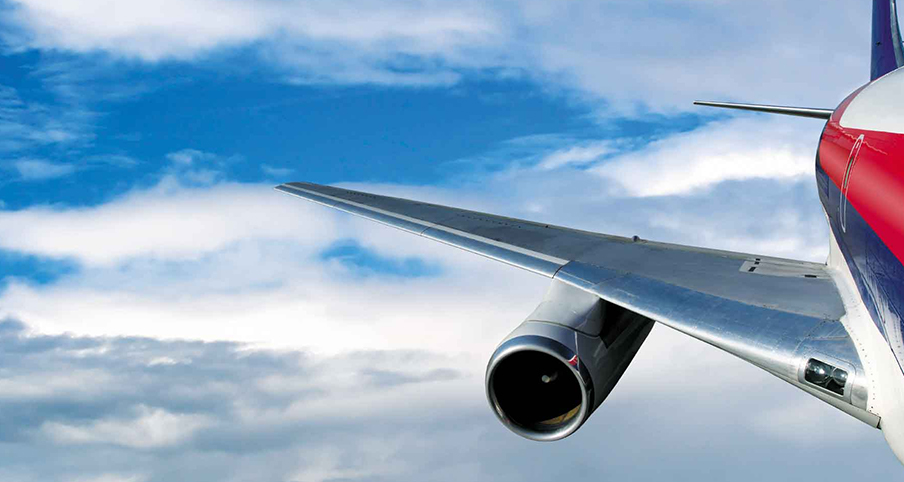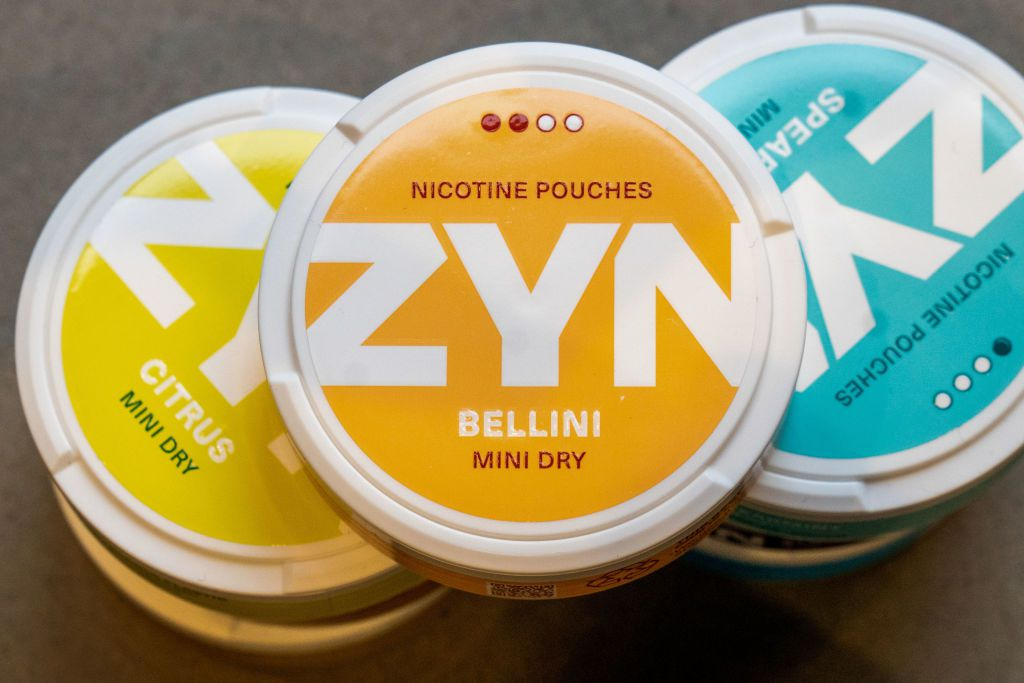
Traveling with nicotine pouches can be a concern for users who want to ensure they comply with aviation regulations. This article will explore the rules and guidelines for carrying nicotine pouches on planes in various countries, analyze whether the ingredients of mainstream nicotine pouch brands comply with these regulations, and provide a clear guide for users.
Introduction
Nicotine pouches have become a popular alternative for nicotine consumers seeking a smokeless and discreet option. However, traveling with these products requires an understanding of aviation regulations to avoid any issues at the airport or during the flight. This guide will cover the essential information you need to know when bringing nicotine pouches on a plane.
General Aviation Regulations for Carrying Nicotine Pouches
United States
Transportation Security Administration (TSA):
- The TSA allows passengers to carry nicotine pouches in both carry-on and checked baggage. However, they must be in their original packaging and comply with the liquid restrictions for carry-on baggage (3-1-1 rule) if they contain any liquid components.
Federal Aviation Administration (FAA):
- The FAA does not have specific regulations regarding nicotine pouches but follows the TSA guidelines. Passengers are advised to keep nicotine pouches in their carry-on luggage to avoid any potential issues with checked baggage screening.
European Union
European Union Aviation Safety Agency (EASA):
- The EASA permits passengers to carry nicotine pouches in both carry-on and checked luggage. Similar to the TSA, they should be in their original packaging and comply with any liquid restrictions if applicable.
Country-Specific Regulations:
- Some EU countries may have additional restrictions or guidelines, so it is advisable to check with the specific country’s aviation authority before traveling.
United Kingdom
Civil Aviation Authority (CAA):
- The CAA allows passengers to carry nicotine pouches in both carry-on and checked luggage. As with other regions, they should be kept in their original packaging.
Canada
Transport Canada:
- Passengers can carry nicotine pouches in both carry-on and checked luggage. It is recommended to keep them in their original packaging and ensure they comply with any liquid restrictions if applicable.
Australia
Civil Aviation Safety Authority (CASA):
- Nicotine pouches are allowed in both carry-on and checked luggage. As with other countries, they should be in their original packaging and comply with any liquid restrictions if applicable.
Analysis of Mainstream Nicotine Pouch Brands
To determine whether the ingredients of mainstream nicotine pouch brands comply with aviation regulations, we will analyze the components of some popular brands: ZYN, VELO, Rogue, and On!
ZYN Nicotine Pouches
Ingredients:
- Nicotine Salt
- Food-Grade Additives
- Fillers (Hydroxypropyl Cellulose, Microcrystalline Cellulose)
- Sweeteners (Maltitol, Acesulfame K)
- Flavorings
- pH Adjusters (Sodium Carbonate, Sodium Bicarbonate)
Compliance:
- ZYN nicotine pouches do not contain any components that would violate aviation regulations. They are tobacco-free and do not fall under the restricted items list for most aviation authorities. As long as they are in their original packaging, they should be compliant with TSA, EASA, CAA, Transport Canada, and CASA regulations.
VELO Nicotine Pouches
Ingredients:
- Nicotine
- Plant-Based Fibers
- Sweeteners
- Flavorings
- Food-Grade Additives
Compliance:
- VELO nicotine pouches are also tobacco-free and primarily composed of food-grade ingredients. They do not contain liquid components that would require adherence to the 3-1-1 rule. These pouches comply with the regulations set by major aviation authorities as long as they are properly packaged.
Rogue Nicotine Pouches
Ingredients:
- Nicotine
- Plant-Based Fibers
- Sweeteners
- Flavorings
- Food-Grade Additives
Compliance:
- Rogue nicotine pouches share similar ingredients with VELO and ZYN, making them compliant with aviation regulations. Their tobacco-free formulation and use of food-grade ingredients ensure they are safe to carry on planes.
On! Nicotine Pouches
Ingredients:
- Nicotine Salt
- Plant-Based Fibers
- Sweeteners
- Flavorings
- pH Adjusters
- Food-Grade Additives
Compliance:
- On! nicotine pouches are designed to be tobacco-free and use food-grade ingredients, similar to other mainstream brands. They do not contain liquid components and should be compliant with major aviation regulations when in their original packaging.
Practical Tips for Traveling with Nicotine Pouches
- Keep Original Packaging: Always carry nicotine pouches in their original packaging to avoid any confusion during security checks.
- Check Liquid Restrictions: If your nicotine pouches contain any liquid components, ensure they comply with the TSA’s 3-1-1 rule (3.4 ounces or less per container, contained in a quart-sized, clear plastic, zip-top bag).
- Declare if Necessary: If asked, declare your nicotine pouches to security officers and explain that they are tobacco-free and comply with aviation regulations.
- Check Destination Regulations: Some countries may have specific restrictions on nicotine products. Check the regulations of your destination country to avoid any issues upon arrival.
- Stay Informed: Regulations can change, so it is essential to stay informed about the latest guidelines from aviation authorities.
Conclusion
Traveling with nicotine pouches is generally straightforward as long as you follow aviation regulations and keep your products in their original packaging. Mainstream brands like ZYN, VELO, Rogue, and On! use food-grade ingredients and are tobacco-free, making them compliant with most aviation guidelines.
By understanding the basic rules and preparing accordingly, you can enjoy your nicotine pouches without any hassle during your travels. Always check the specific regulations of your destination country to ensure a smooth and stress-free journey.
For more nicotine pouch news, trends and brand reviews, please follow nicotinepouchebrands


